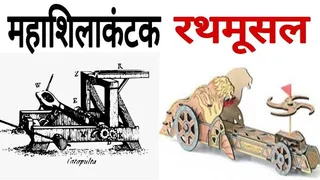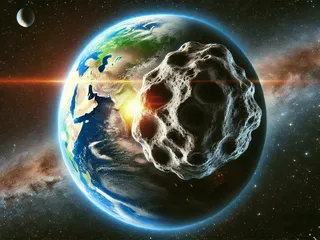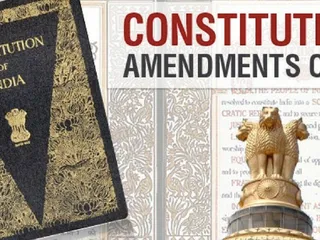Understanding the broad strokes of history often involves categorizing it into distinct periods. While the boundaries between these periods are somewhat fluid and debated by historians, we generally categorize history into Ancient, Medieval, and Modern periods. This table offers a concise comparison:
| Feature | Ancient History (c. 3500 BCE – 476 CE) | Medieval History (c. 476 CE – 1453 CE) | Modern History (c. 1453 CE – Present) |
|---|---|---|---|
| Time Period | From the development of writing and early civilizations to the fall of the Western Roman Empire. | From the fall of the Western Roman Empire to the beginning of the Early Modern period (often marked by the fall of Constantinople). | From the Early Modern period to the present day. |
| Key Characteristics | Development of agriculture, urbanization, rise of empires (e.g., Egyptian, Roman, Greek), polytheistic religions, classical civilizations, invention of writing. | Feudalism, the rise of Christianity as a dominant religion in Europe, Crusades, the Black Death, rise of nation-states, scholasticism. | Scientific Revolution, Enlightenment, Industrial Revolution, globalization, world wars, technological advancements, rise of democracy and various political ideologies. |
| Social Structures | Highly stratified societies, often based on slavery or a rigid class system. Significant variations existed across different civilizations. | Hierarchical societies based largely on land ownership (feudalism). The Church held significant power and influence. | Increasingly complex and diverse social structures, influenced by industrialization, urbanization, and globalization. Emergence of the middle class and shifting social hierarchies. |
| Technological Advancements | Development of writing, irrigation systems, monumental architecture, advancements in metallurgy, early forms of mathematics and astronomy. | Improved agricultural techniques, development of the heavy plough, the construction of Gothic cathedrals, advancements in weaponry. | Printing press, steam engine, electricity, computers, the internet, genetic engineering, space exploration. |
| Significant Events | Construction of the pyramids, the rise and fall of the Roman Empire, the Peloponnesian War, the development of philosophy in Greece. | The Crusades, the Black Death, the Hundred Years' War, the rise of the papacy, the Great Schism. | The Renaissance, the Reformation, the Age of Exploration, the French Revolution, the Industrial Revolution, World War I and II, the Cold War. |
It's crucial to remember that these are broad generalizations. Within each period, there were significant regional and cultural variations. The study of history requires nuanced understanding and avoids oversimplification.









 (24)jpeg-1722421859875.jpeg.webp)


























